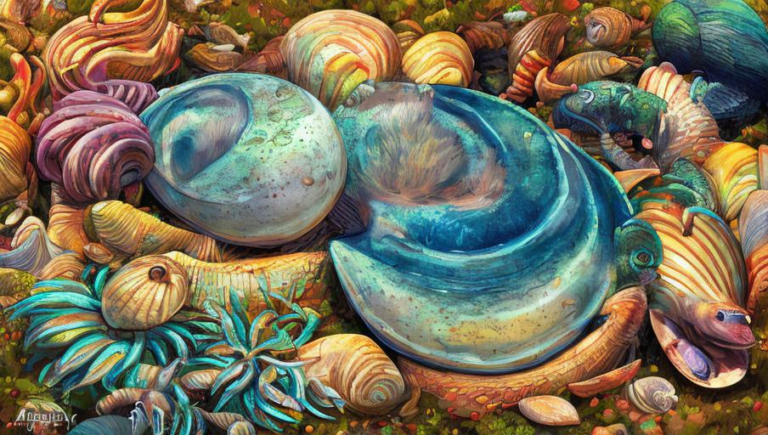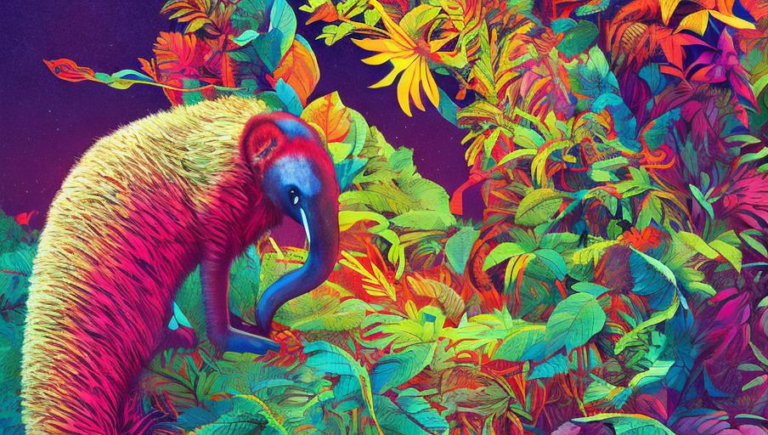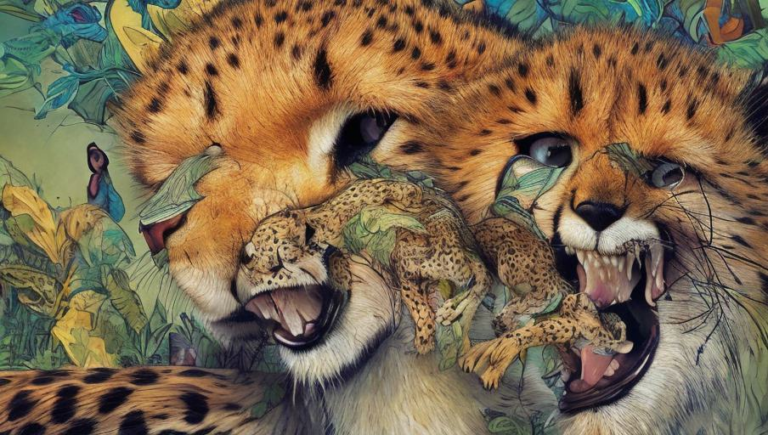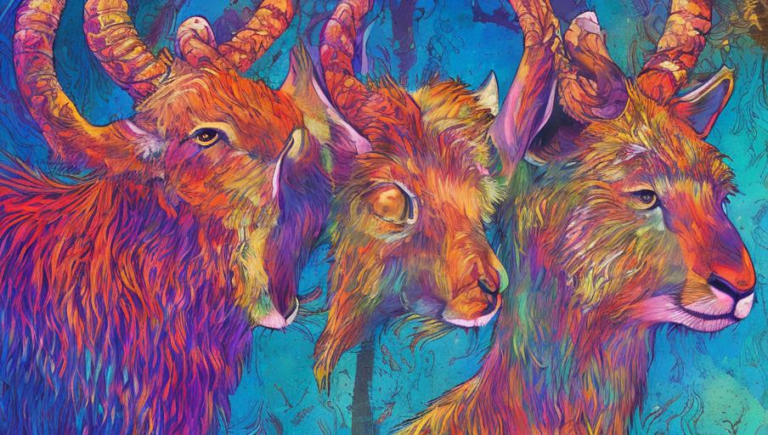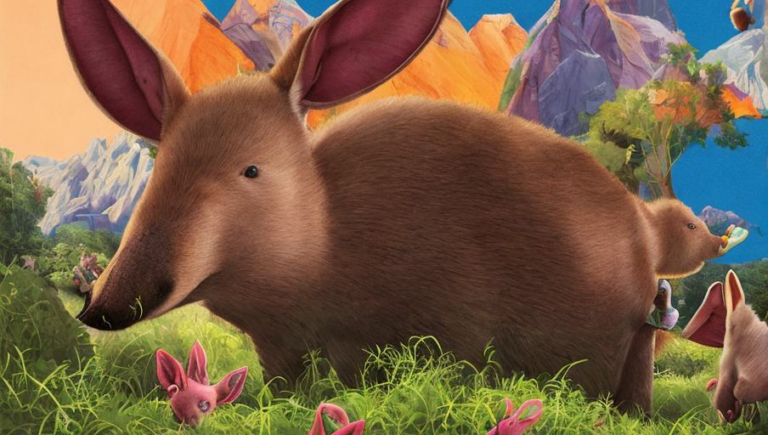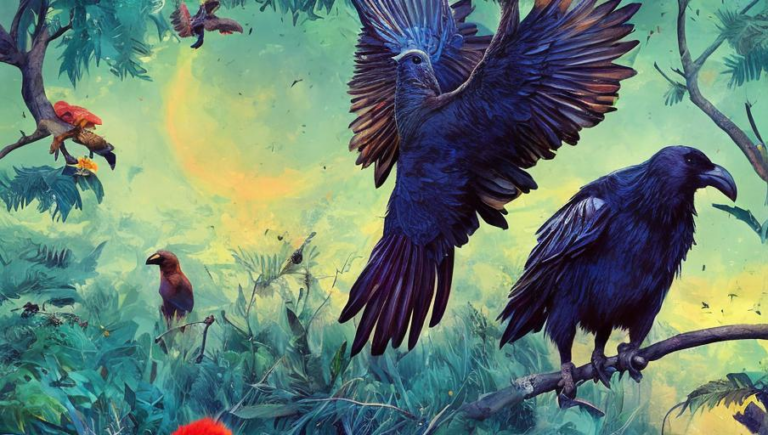Recognizing the Habits of the Capybara
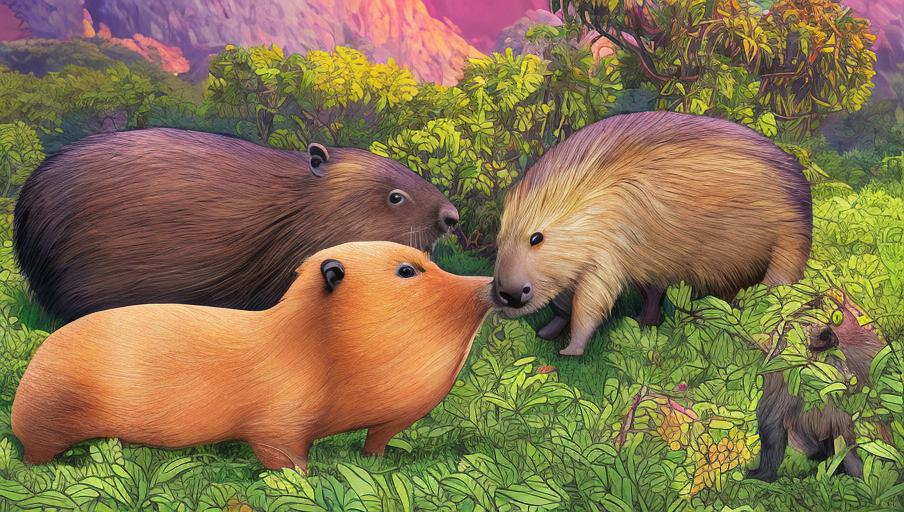
Introduction
The capybara is an interesting species of rodent found in South America. It is the largest rodent in the world and is also known as the “water hog”, due to its water-loving nature. It lives in a variety of habitats from swamps and marshes to grasslands and savannas. It is a semi-aquatic animal that spends most of its time in and around water. It is a social creature that is often found in groups of up to 20 individuals. While it is not a particularly dangerous animal, it is important to recognize its habits and behaviors in order to protect it and its environment.
Habitat
Capybaras are found in a variety of habitats, including wetlands, grasslands, marshes, and swamps. They are semi-aquatic, meaning they spend most of their time in and around water. They also need access to land in order to rest, graze, and build nests. They are found in tropical and subtropical regions, including parts of Brazil, Paraguay, Peru, Colombia, and Venezuela. The capybara is an important part of the ecosystem and plays an important role in maintaining healthy wetlands and grasslands.
Diet
Capybaras are herbivores and mainly feed on grasses and aquatic plants. They also eat fruit, leaves, and stems. They feed mainly during the early morning and late afternoon and usually stay in the water to stay cool during the hottest part of the day. They may also eat small animals such as insects, snails, and small fish. Capybaras are important grazers and play an important role in controlling the growth of aquatic plants.
Behavior
Capybaras are social animals that live in groups of up to 20 individuals. Their social structure is organized into family groups, with a dominant male, a few females, and their young. They communicate through a variety of vocalizations and use scent marks to communicate with each other. They are most active at dawn and dusk, and during the day they remain in the water to stay cool. They are also good swimmers and can stay underwater for up to five minutes.
Threats
Capybaras are currently listed as a species of least concern by the IUCN. However, they are threatened by habitat destruction and hunting for their meat. They are also threatened by predators such as jaguars, ocelots, caimans, and anacondas. It is important to protect their habitats and to reduce hunting and trapping in order to ensure their survival.
Conclusion
The capybara is an interesting species of rodent found in South America. It is the largest rodent in the world and is also known as the “water hog”, due to its water-loving nature. It is an important part of the ecosystem and its habitats need to be protected in order to ensure its survival. It is also important to recognize its habits and behaviors in order to protect it and its environment.
